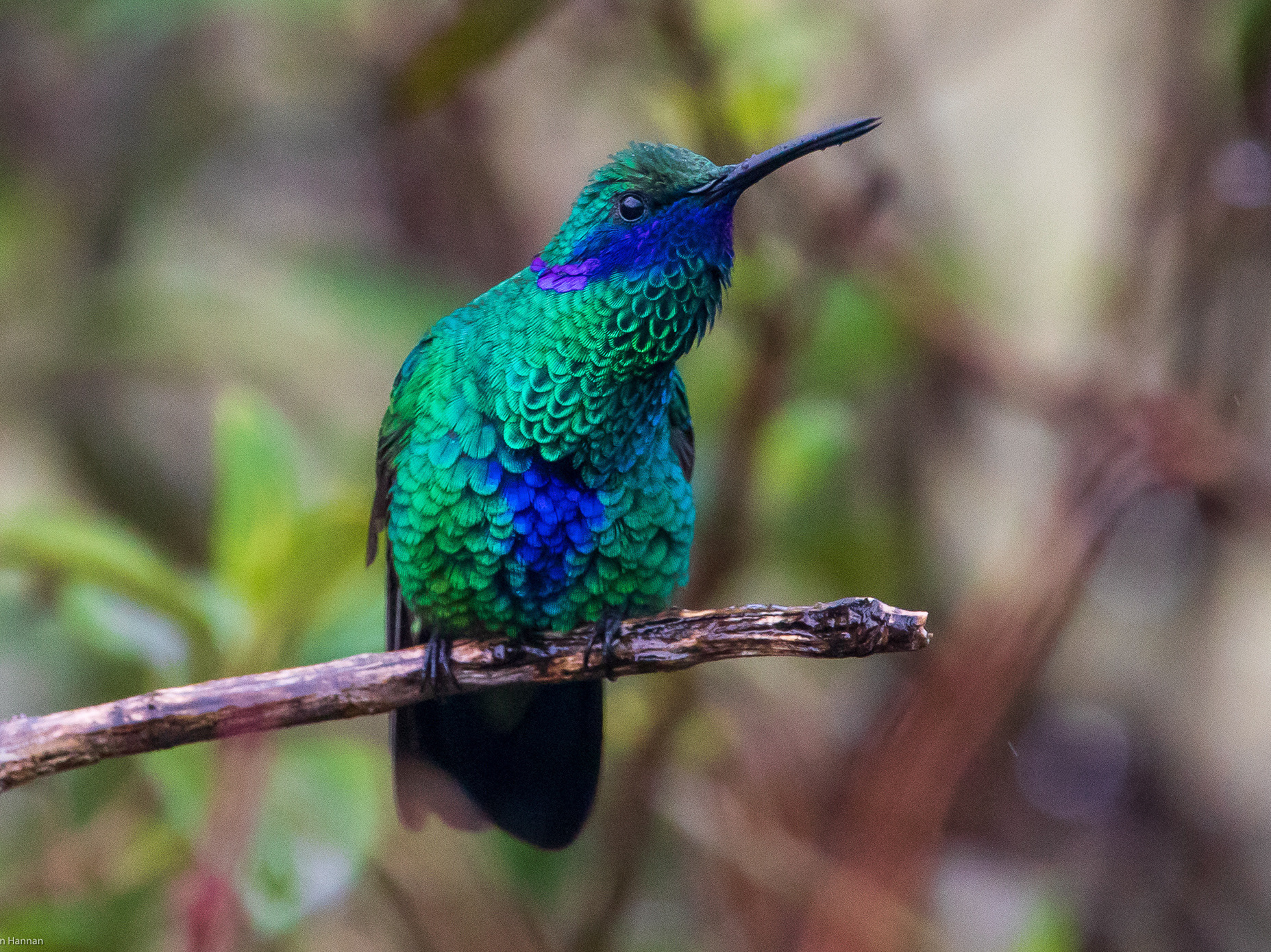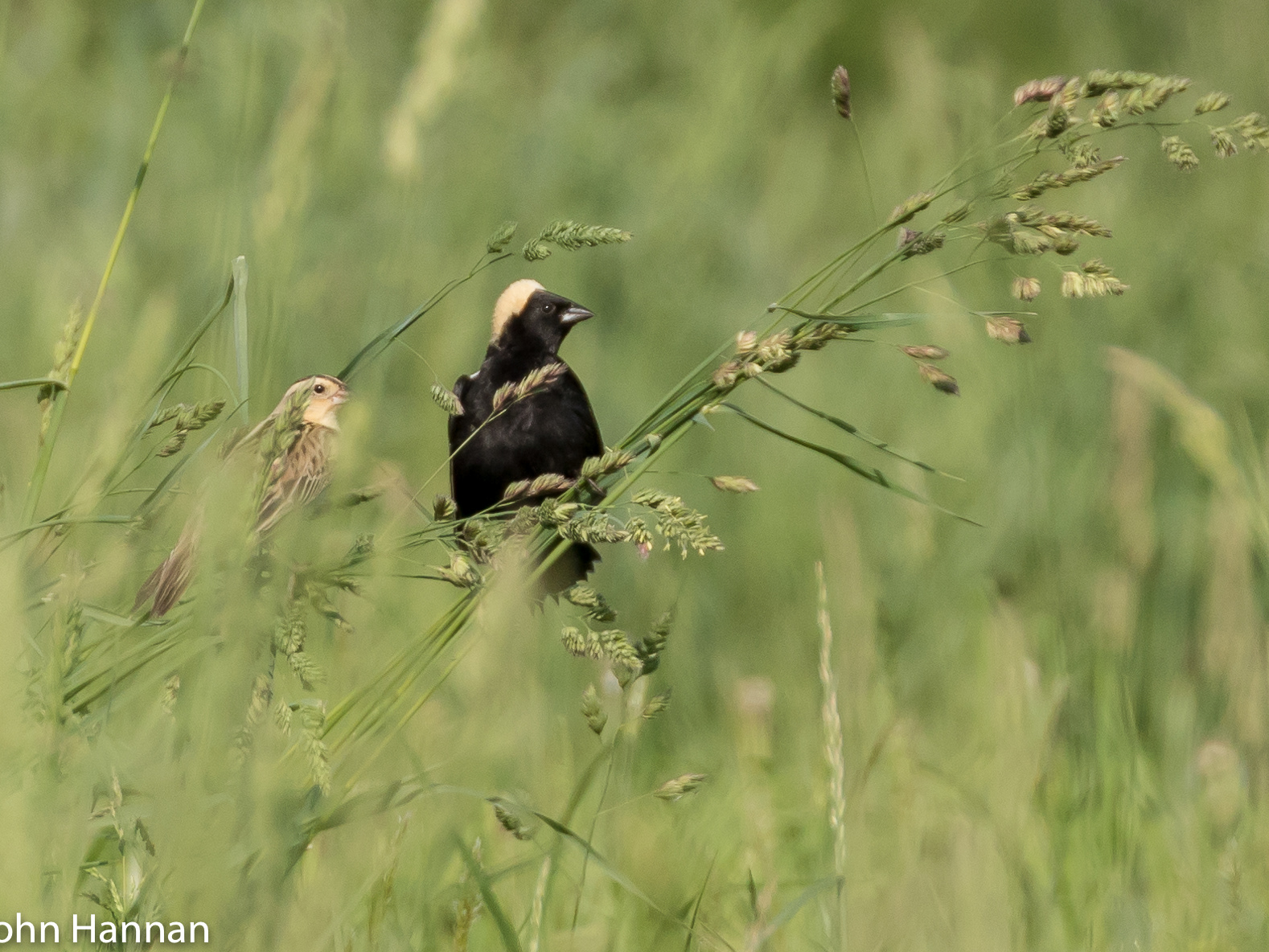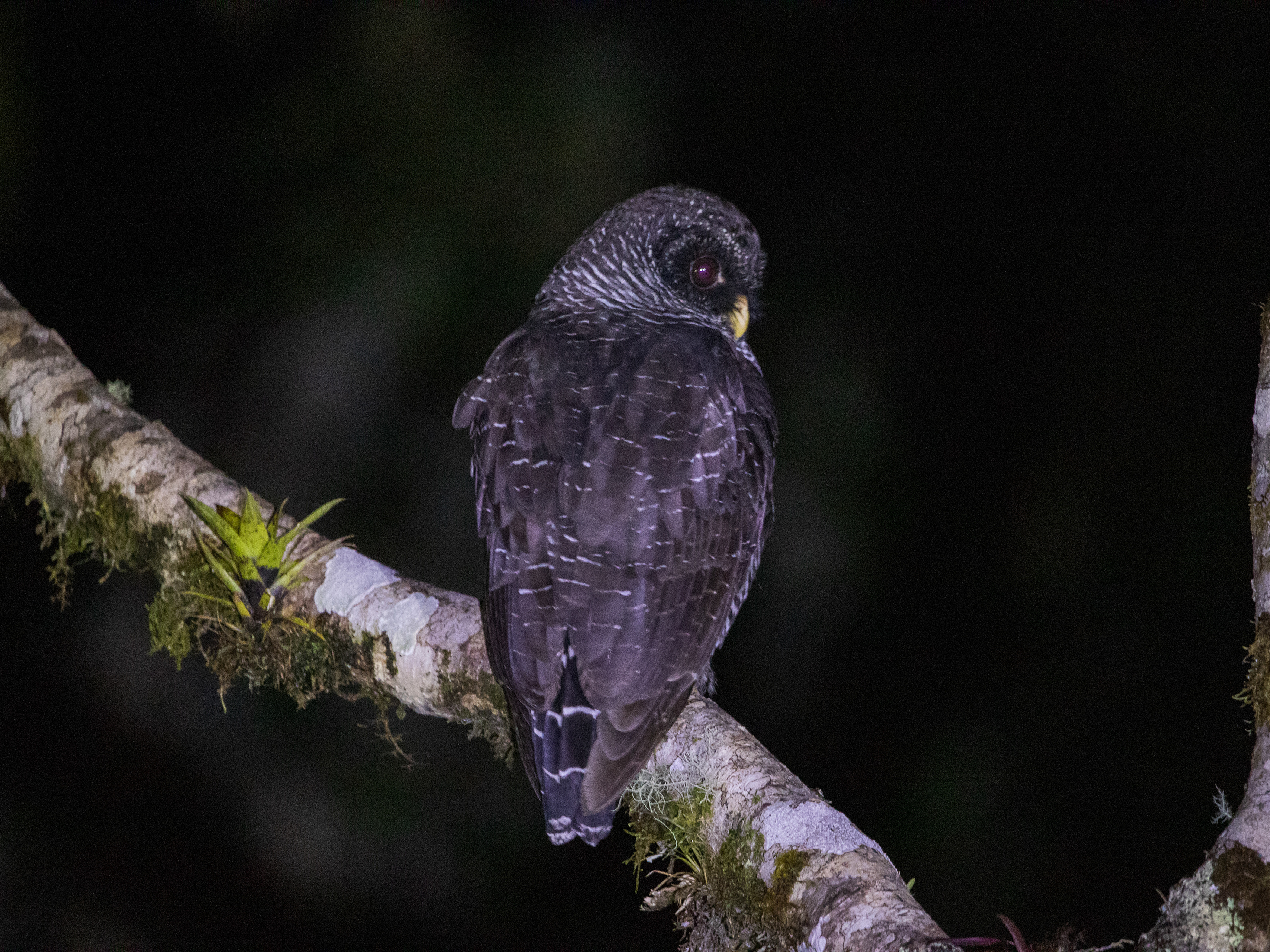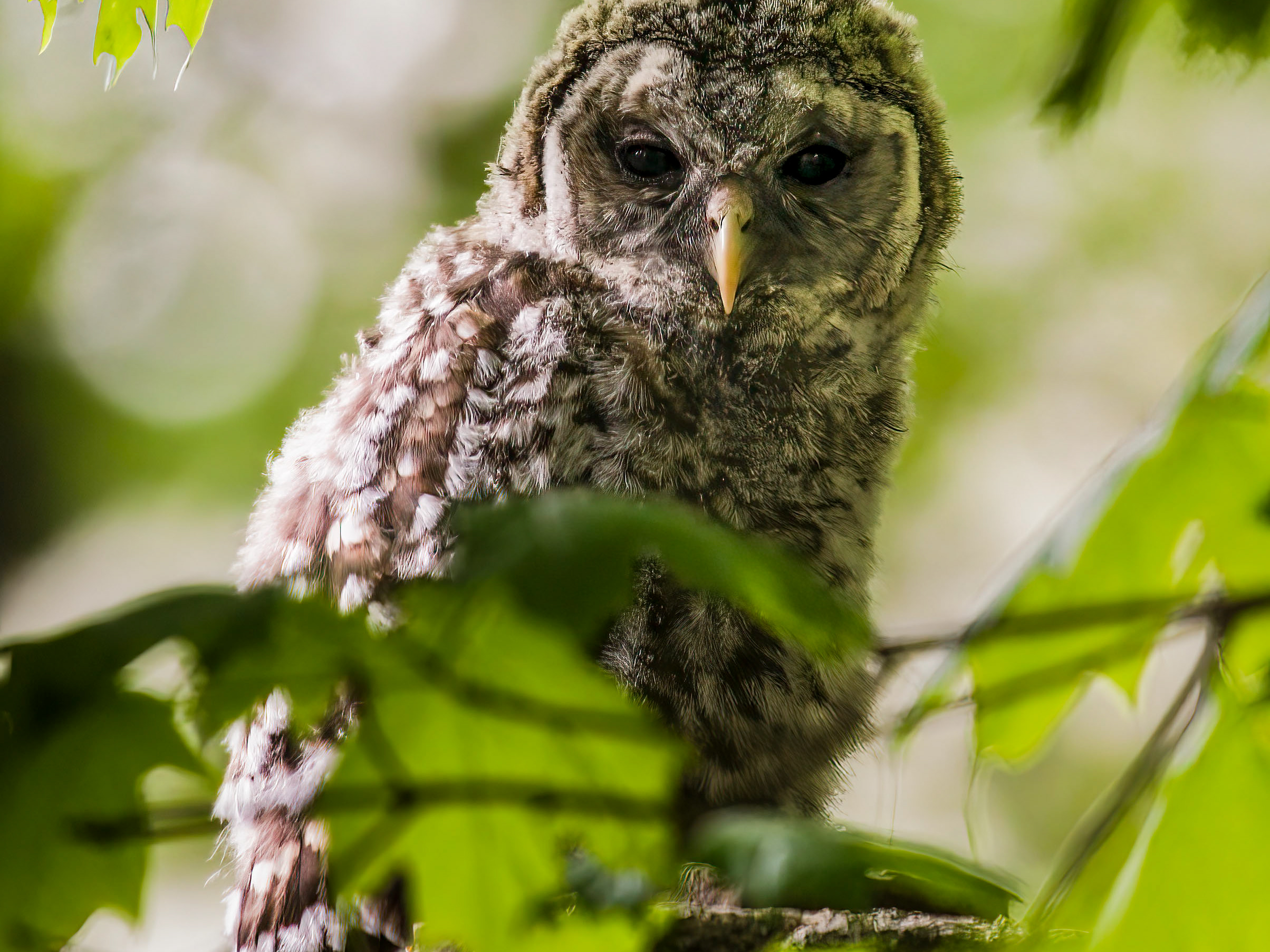During the winter months hundreds of Snow Geese will settle into the open waters of Jamaica Bay. I marvel at how these highly adaptable creatures can spend half there life in the wilds of the arctic tundra with sparse human contact and then the other half in the shadow of one of the world's most densely populated cities.
Jamaica Bay is also an important breeding site for Terrapin Turtles.
On this March day the West Pond was cold, windy and almost devoid of humans so the Snow Geese were coming in close to areas open to the public. I used a $10 camo poncho, sat for a half an hour and pretty soon the Geese were flying in and out paying no attention to me. This was a beautiful dry cold day so I could bring the ISO down to 250 while keeping the speed at 1/800. I used a high f stop of 10 to make sure the whole bird would be in focus knowing the background was far enough back that it would have a soft blur to it.
Same day, same camera (Canon 7D with a 100-400 mm lends) just a little later in the day so I pushed the ISO up to 320 to keep the other settings from the previous shot the same.
Snow Geese are one of the species that may actually benefit from global warming. Being adaptable and opportunistic, the geese do not have to migrate as far with an ever warming climate and are expanding their range on their nesting grounds as more of the arctic tundra's frozen ground yields to warmer temperatures.
Ruddy Duck preening in the late afternoon sunshine of the West Pond.
If you visit Jamaica Bay in the winter reward yourself by staying into the late afternoon. You will have the benefit of observing multiple species of waterfowl exiting the West Pond, flying low overhead out to the Bay where the spend the night. These Red Breasted Mergansers were just a few of the hundreds of birds that flew by me in the warmth of a low evening light.
Switching seasons to late summer when shorebird migration is in full swing, the best way to photograph shorebirds is from a kayak at low tide. A kayak allows you to quietly approach the bird without disturbing its foraging along the shores and mudflats. If you limit your paddle motion the birds tend not to pay much attention to the kayak so I find the current and just let it take me along the shoreline. That way I can capture birds at eye level without disturbing their feeding or resting times. This is absolutely essential since many of these birds will pick up and fly between 500 to 2,000 miles nonstop once they leave Jamaica Bay.
A dowitcher's rusty feathering









